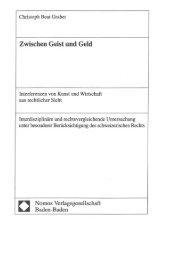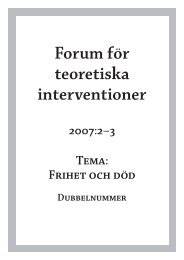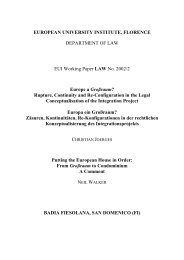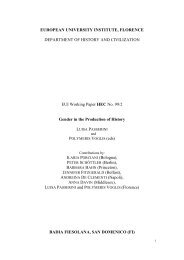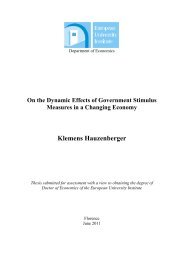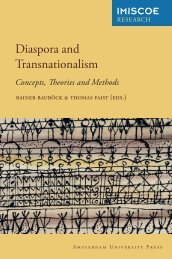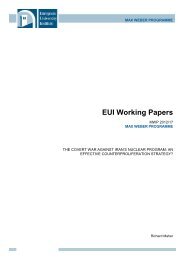Sinziana-Elena Poiana Ioana Lupea Irina-Madalina Doroftei Alina ...
Sinziana-Elena Poiana Ioana Lupea Irina-Madalina Doroftei Alina ...
Sinziana-Elena Poiana Ioana Lupea Irina-Madalina Doroftei Alina ...
You also want an ePaper? Increase the reach of your titles
YUMPU automatically turns print PDFs into web optimized ePapers that Google loves.
successfully being implemented, while others are only recently reaching the agenda, despite being<br />
deeply rooted into long-standing social problems.<br />
Ethnic toleration. According to the 2002 Romanian Census 101 , 535.140 persons declared themselves<br />
as Roma (about 2.5% of the total population), although their real number is considered to be much<br />
higher: around 1.5 million/ 6.7% of the total population 102 . Moreover, the Roma population is young<br />
compared to the general population, approximately 50% being under 24 years old, and many Roma<br />
suffer from poor education, lack of qualification, high unemployment rate, poverty etc. the results of<br />
the 2002 Census stating that 25.6 % of the Roma population aged over ten years old was illiterate (as<br />
compared to 2.6 % of the total population of same age). Also, the Roma children drop-out rate was<br />
over ten times higher than the one recorded for the general population (11.6% compared to 0.8%) and<br />
data from the 1998-1999 school year proved that the drop-out rate was higher in segregated Roma<br />
schools in comparison with the education system as a whole. 103<br />
The policy discourse and the public discourse are significantly divided on the issue of segregation of<br />
Roma children in school. The debate has been ongoing, fluctuating up and down on the public agenda,<br />
however it had never reached so high up on the agenda as it did when a Romanian Court of Appeal<br />
decided on penalizing a primary school teacher with a 10,000 Euro fine for not allowing a Roma child<br />
to attend her class. While the policy discourse was building around ensuring the right to education of<br />
the child, the public discourse was slightly skewed towards the teacher’s position. It proved to be a<br />
case that inspired many in Romania, making people more sensitive to the Roma pupils’ needs and to<br />
the problems these pupils are confronted with. On the other hand, the condemnation of the teacher<br />
who had refused a Roma pupil in the class was seen as an exemplary punishment meant to discourage<br />
discrimination in schools.<br />
Roma activist groups are still reporting cases of Roma children who are still denied enrollment in<br />
mainstream schools. These have not reached the agenda and have not been addressed before in any<br />
way in the national policy discourse. The case analyzed in the WP3 report has had the effect of a break<br />
in the wall, and showed that what is registered as discrimination can and will be sanctioned as such,<br />
creating the effect of uninviting the perpetrators of long established practices, and challenging them,<br />
rather than perpetrating the status quo, into re-examining their well-established ways. It shows that a<br />
court decision might have the effect of stimulating and even forcing the birth of public policy and<br />
national standards where unfortunate practices are being comfortably perpetuated. Whether this<br />
challenge will be taken further, to building a solid policy discourse, remains to be seen.<br />
Religious toleration. The Census of 2002 revealed that 86,7% of Romanian population is Christian<br />
Orthodox, while another 11% declared themselves as belonging to other forms of Christianity (among<br />
which, Catholic – 4,7%). Thus the issue of non-Orthodox Romanian identity has always been a<br />
controversial one, especially in the midst of the post-90’s debate that was placing actions against the<br />
public expression of Orthodoxy as equal to the former communist system, atheism and repression of<br />
the right to freely express one’s confession.<br />
The Romanian Constitution ensures the state’s separation from church. However, the display of<br />
orthodox religious paintings in schools was not reflected in the discourse as a breach of the rights of<br />
non-Orthodox students. On the contrary, it opened the door for a number of core debates related to the<br />
connection between the Romanian Orthodox Church and the government. The debate was divided<br />
between the need to restrict the benefits that the Romanian Orthodox Church currently enjoys (to the<br />
101<br />
Available at http://www.edrc.ro/recensamant.jsp?language=0<br />
102<br />
Marian Preda, 'Estimarea numărului de romi din România în anul 1998', in Cătălin Zamfir and Marian Preda, eds., Romii<br />
în România, Bucureşti: Expert, 2002, p. 13.<br />
103<br />
Equal Access to Quality Education for Roma. Romania. From Vol. 1: Bulgaria, Hungary, Romania, Serbia. Monitoring<br />
Report 2007 Open Society Institute, 2007, p. 342-350.<br />
77



